What Video Games Can Learn From Pinball
The joy of presence, tactility, and touch -- gaming's forgotten sense
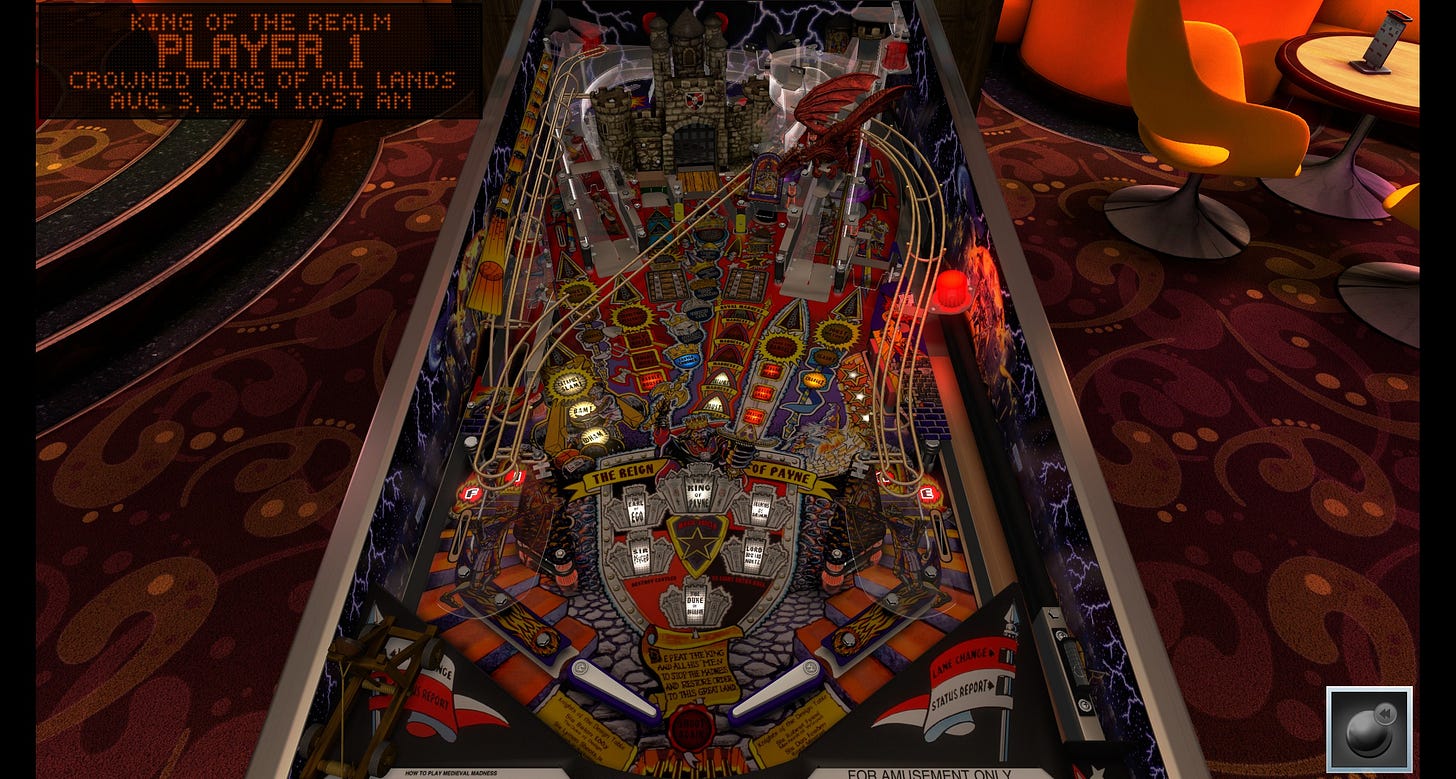
When I began playing pinball, I played them the same way I play video games — trying to uncover every bit of content that the designers had put into it, with no particular regard for competitiveness.
Score meant nothing to me compared to unlocking every mode and discovering everything there was for a table to present. I played pinball for the story.
To a degree, I still do. But as I played and learned more, I found another reason to play, and one that I had found lacking in video games: very few sorts of games can capture the sheer delight of hitting a state of flow in a pinball game.
The speed and challenge is as satisfying as losing yourself in a bullet hell shooter, but with more physicality and presence than pixels on a screen. The feel of comboing ramps and orbits is as visceral as feeling the road while racing, but without the chance of physical injury (beyond carpal tunnel syndrome — remember to stretch!). And, of course, if you’re someone who enjoys altered perceptions, pinball offers no shortage of enjoyments for those who play while stoned, even if it can be a little overwhelming at times.
Nowadays, even when I’m playing tables that I’ve played to death, where I’ve wrung every response out of every situation and set personal records on wizard modes, I’ll still gladly jump on a table to play a few rounds as I hope to get into that flow state again.
But what makes pinball hit differently? And what can video games learn from it?
Touch: Gaming’s Forgotten Third Sense
It’s a sad truism in gaming that visuals are everything, and that audio is an oft-overlooked second child. I’ve known many brilliant audio designers, and they’ll be the first to complain that they’re the last to be told about audio needs in a project.
But if audio is a distant second sense for gaming, then touch is a barely even a consideration at all. Most consoles have very limited touch feedback (a couple rumble motors in a controller) and even less touch input (analog joysticks and trigger buttons, rarely with any dynamic resistance). I know dedicated haptic designers exist, but I’ve never seen a studio that had a separate role for them. Usually, it ends up being a late addition by a UI designer, although products like Nintendo Labo make me hopeful for a future generation of designers who can focus on this overlooked part of the design palette.
But that’s not to say it’s never been tried. The game industry has had many hits that employ the joy of touch and performance, from the revolutionary successes of the Wii and the Switch to the performance-specific controllers of Guitar Hero, Dance Dance Revolution, and other active rhythm games.
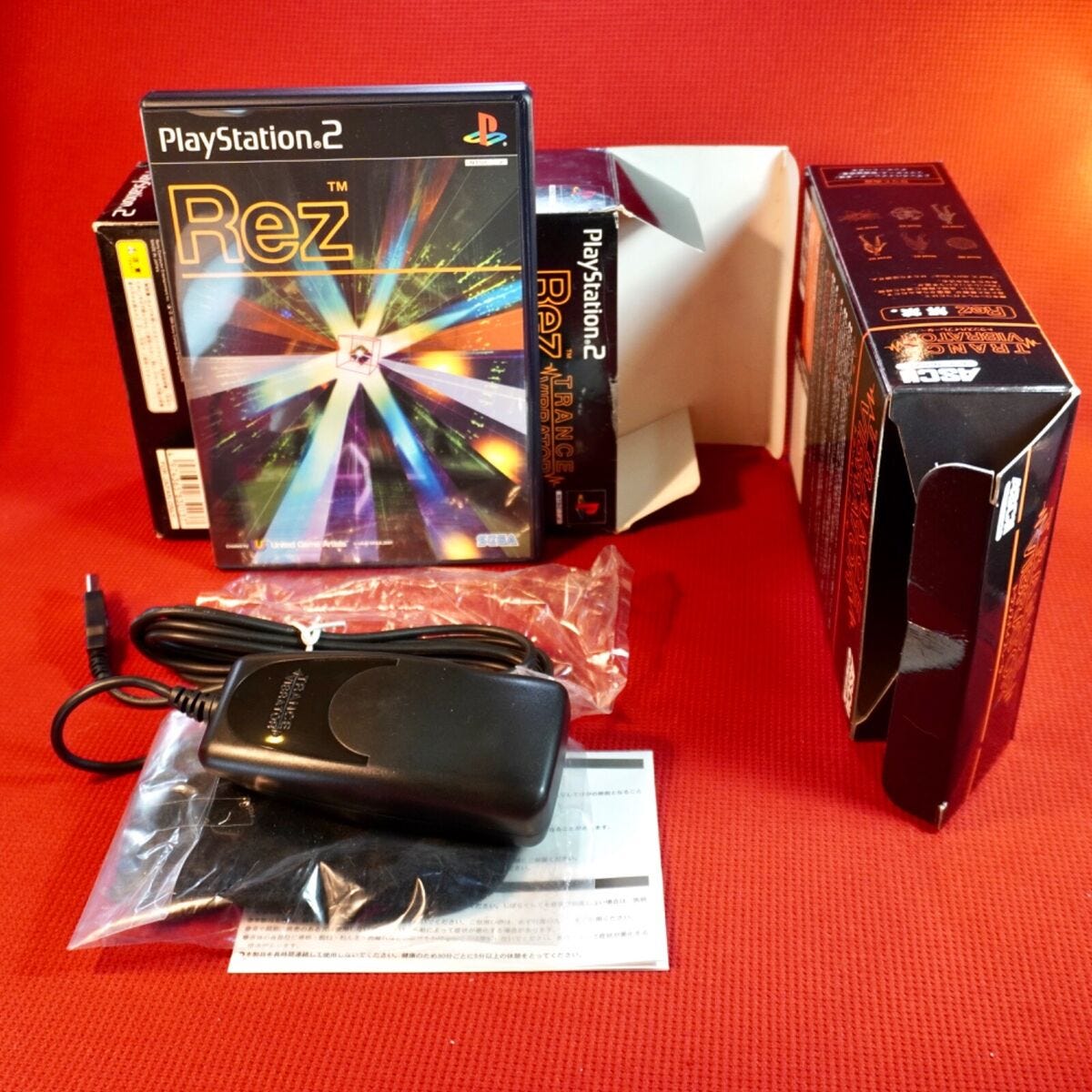
In fact, the game industry seems to keep re-discovering the joy of tactility and physical performance just long enough to drive a particular fad into the ground — see the overpromising of Kinect, the shovelware that drowned the Wii, or Activision’s strip-mining of the Guitar Hero franchise. At that point, publishers abandon the entire concept and let it lie fallow until it can be triumphantly re-discovered again a decade later.
Other than these exceptions, most video games are physically static for players — there may be gymnastics and explosions on the screen, but the most the player is doing is moving a joystick and pressing buttons, maneuvering a cursor to click on an enemy’s head. And that’s on the high end; many of my favorite games evoke about as much movement as an Excel spreadsheet.
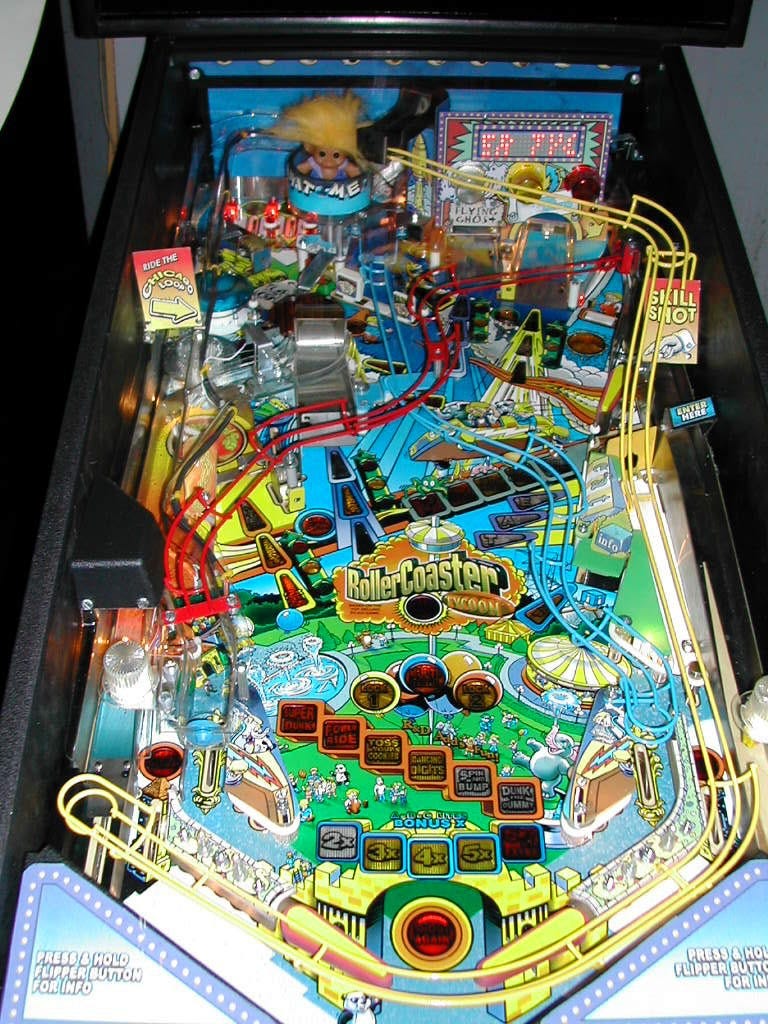
But none of that keeps players from getting animated at a good game. We lean into curves in racing games, dodge imaginary bullets, and generally find a physical outlet for our excitement. The players yearn to move and to be moved.
But it’s all on the player’s end, and it has no impact on the game itself. Even haptic feedback on controllers is overwhelmingly used purely as response to the player’s actions, rarely as a prompt or an input for their action. Enthusiasts may spend hundreds or thousands of dollars on high-end haptic feedback devices, but that’s not much help if the device is still only on one side of the conversation between player and game.
In pinball, that physicality is a core part of the game; changing your position to track a ball around the field, nudging a heavy table while avoiding the tilt, and even the subtle physical cue of vibrations that tell you where a ball is on the table. Even its rewards can be tactile — the heavy KNOCK! of getting a replay on a table sends a special shiver up a pinball player’s spine.
Are the lessons of pinball a new path to re-discovering tactility in video games? What can we do to better harness touch for players? Can we evoke performance at home without an expensive, exclusive controller? And what other lessons can we learn from our arcade cousins?
TACTILE INPUT
During the development of Avatar: Frontiers of Pandora, we wanted to make harvesting plants a deeply tactile experience that rewarded care and familiarity with the subject. Knowing the franchise’s message of environmental harmony and James Cameron’s cinematic fondness for evoking touch, this seemed like a perfect fit for the project. Like a lot of things about that game, we greatly simplified these mechanics before launch, but I stand by the focus on tactility there, and consider it one of the most important (if subtle) innovations of the game.
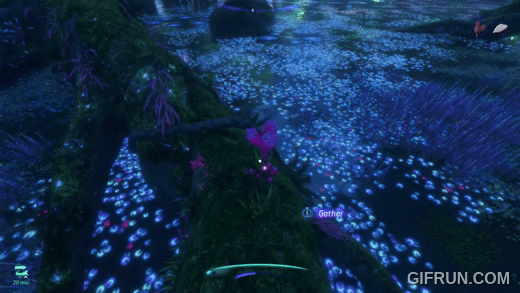
One of the things we learned in development is that our tactile options were fairly limited with the standard XBox/PS4 style controller. But as you’ve probably guessed, the Switch’s JoyCon controllers could have given us a wealth of options to work with.
In addition to the standard wireless and HD rumble options of most modern controllers, JoyCons have accelerometers, gyroscopes, and IR sensors that allow clever designers to track a variety of player movements. Nintendo has already given devs the blueprints for exploring the options of this hardware with their Labo kits, which offer a variety of minigames and accompanying DIY cardboard controller-additions to use with JoyCons, ranging from a fishing rod or bike handlebars to elaborate mini-pianos and toy houses.
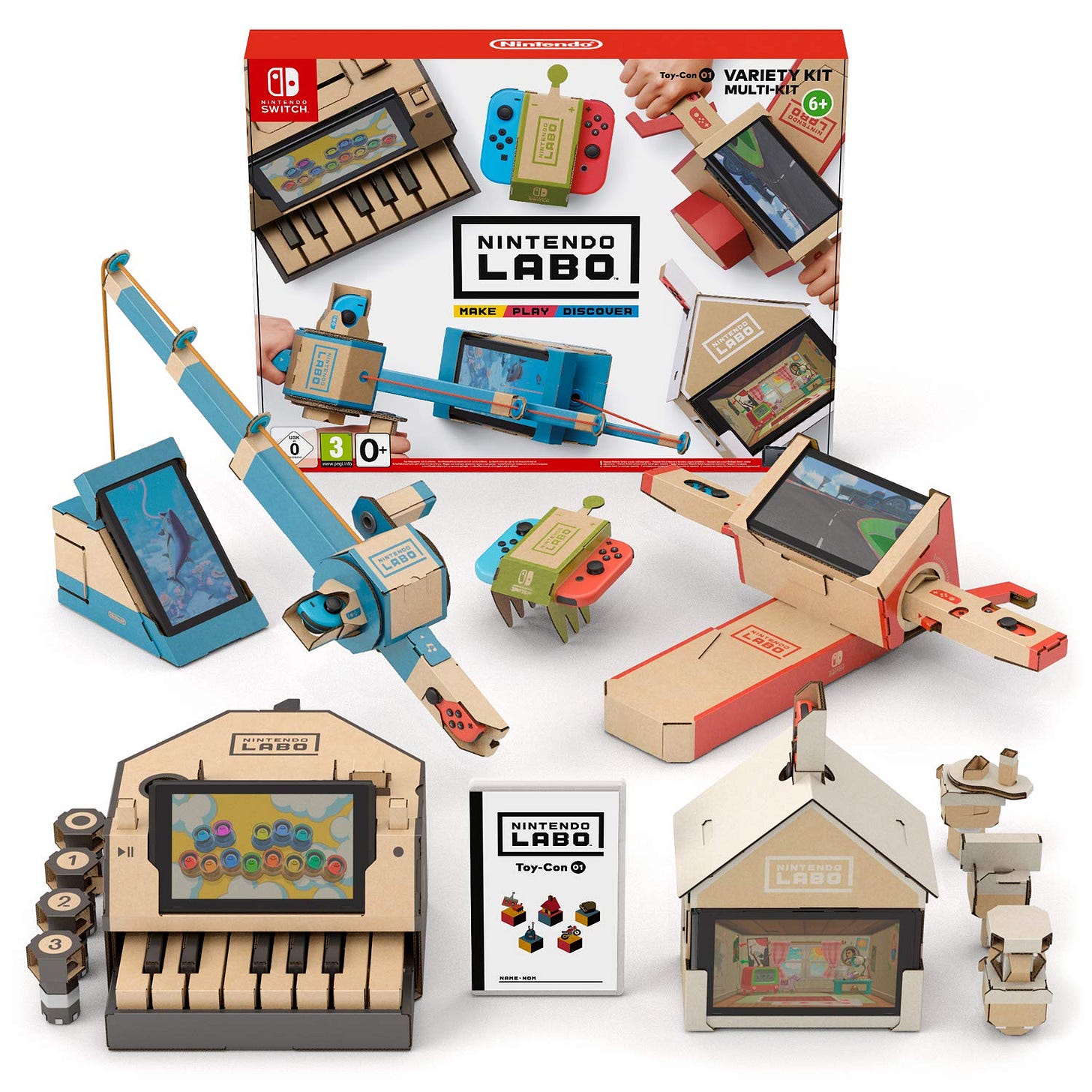
The Labo may look like a gimmick release from Nintendo, but it’s a rapid-prototyper’s dream. Add to that their Game Builder Garage, and it’s a clear investment from Nintendo in teaching young designers how to make the most out of their platform and tools. And indeed, there are custom controllers that have taken these lessons to heart, with at least one good-quality framework for turning a Switch into a mini pinball table.
But even without fancy controller additions, there are tactile gameplay options that more developers should be exploring. For example, one of the best innovations I’ve seen in shooter-gaming recently has been the subtle aim-assist in the modern Zelda and Splatoon games, where a player can fine-tune their aim by moving the controller — perfectly tapping into an intuitive motion that many players already perform while aiming with a controller.
As someone who’s never been good at aiming in FPSes with a controller, this tactile input instantly improved my shooting experience, and I can’t imagine playing a controller-based shooter without it. It feels weird to say that my go-to platform for FPSes is the Switch, but that one feature makes all the difference.
We need to make more games that harness this sort of intuitive, tactile player input, in more contexts than just aiming. Adding even a simple physical movement to a common game-loop action can get players much more invested in the experience, by engaging an extra set of senses into the experience.
That’s because physical motion engages a deeper set of physiological responses than just visual and auditory stimulus can. And that pays off in more than just moment-to-moment gameplay. Which brings me to the next thing games can learn from pinball…
PHYSICS IS INTUITIVE
Pinball, at its heart, is a simple experience — see the ball, keep the ball from falling down, try to use your limited tools to hit the ball to a particular spot on the table, repeat. Despite all the confusion of lights and sounds, this is an admirably intuitive game loop — it’s “don’t let the balloon hit the floor”, but with a surprisingly heavy 80-gram steel ball on a slanted table.
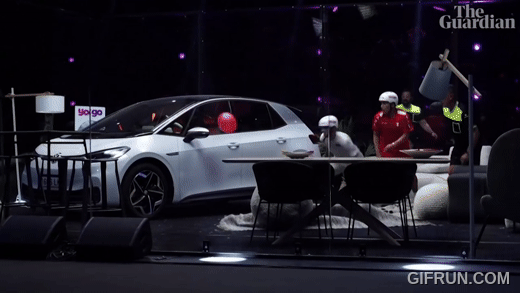
We’re all familiar with the basics of physics on Earth, and even when the details of momentum, spin, and angles of impact complicate things, most people have a pretty good intuition of how the mechanical interactions should work. Even when new mechanisms like magnet and slings are added, the fundamental rules don’t change on you mid-game. Like Dark Souls, it may be challenging, brutal, or even surprising, but it never feels cheap.
All of pinball’s mechanics are built on top of these simple physics. Hit the right target with the ball and get some points. Start a particular mode, and those targets are worth more, and hitting them all will start multiball. In turn, additional balls add a new degree of chaos into the physics of the game, and promises significantly higher scores in recognition of that fact. Hit those targets again with multiball active, and score a jackpot of points.
But you can’t start adding this sort of exponential complexity if your core gameplay isn’t already deeply intuitive.
Like quests in an RPG, modes in pinball are a recontextualization of the basic gameplay actions to give them a deeper sense of purpose and story. They’re a way to keep players engaged with the core gameplay, offering a narrative-based motivation, to compensate as the sheer joy of doing the action for its own sake fades — or a narrative justification for why that core gameplay becomes more complicated. And in games with awkward or unsatisfying core gameplay actions, that means narrative has to do some heavy lifting.
But because physics-based gameplay is so intuitive and can be so rich, it has tremendous staying power in terms of joy of gameplay. Maybe this is why you rarely see physics-based games relying on particularly deep narrative — although the two are far from mutually exclusive, as games like Outer Wilds make clear.
I’d love to see more games that build gameplay on a robust physics engine with tactile player interactivity, and then build on the play that comes naturally with such a toy. Obviously, as a narrative designer, I’d like to see it have a robust story element on top of that as well — imagine a full, open-world game built on more directly tactile physics like Peglin or Noita.

I often say that the true test of an open-world game is how enjoyable it is to just perform mundane actions in the world, and mechanics built on a physics-based toy can be very enjoyable, indeed. In fact, the tragically underappreciated pinball-platformer Yoku’s Island Express serves as a good proof of concept of exactly this. Just traveling between familiar sections of the map becomes a tactile dance.
Speaking of joy and physicality…
PHYSICALITY, FLOW, AND PERFORMANCE
When you start playing enough pinball to reach a state of flow, a funny thing can happen. Between the light rumble of the ball along the table and the kick of the flippers, you can develop phantom sensations of touching the table through the ball itself.
The combination of intense focus on an object and low-grade physical stimulation related to that object triggers a psychological effect that’s all the stronger for a player in the highly receptive state of flow.
This is a sort of tactile high that I’ve only ever experienced in video games with physical aspects, like being in a perfect groove on Dance Dance Revolution (or indeed, in actual dancing or physical sports). Certainly, you don’t work up the same sweat with pinball as you do with DDR, but skilled players who feel this often develop the same sort of giddy satisfaction, and often find themselves adding flourishes to their performance in a similar fashion.
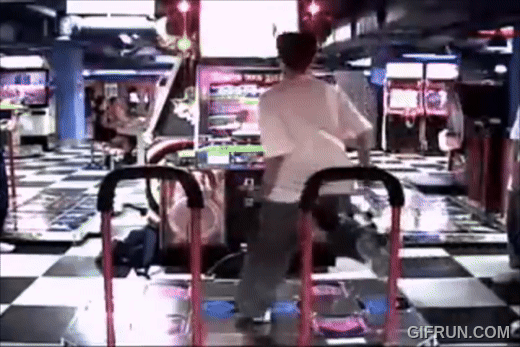
It’s not an accident that these physical games are the ones that continued to thrive in public arcades, because the performance they encourage in players is good at drawing a crowd. It’s an expression of physical joy, and it can be as entertaining for an audience as it is for the player.
There’s a huge opportunity for games in encouraging that physical flow, and in recognizing that sort of performance and giving players a way to share it. It’s something that Rock Band triumphed at, and giving a good performance feels like its own reward for players who find themselves drawn to that style of play.
And finally, speaking of rewards…
TANGLIBLE REWARDS
One delight of an old arcade was the fact that sometimes you got tangible rewards. In addition to things you bought with tickets or won in a claw machine, the physical KNOCK! of getting a pinball Replay and a bonus credit is a special sort of commemoration of a game well-played. You could feel the table physically react to a good game, and fellow patrons could hear it occur across the arcade.
Today, video game achievements and social media sharing are attempts to recreate that sort of commemorative celebration — but they lack the tangible, tactile aspect of it. Something you can enjoy outside of play, perhaps even display afterwards; a commemorative objet d’art, not unlike pinball tables themselves.
Of course, the costs of making tangible objects means this a hard feature to scale in the era of mass digital distribution. Selling collectors’ editions with physical artbooks or statuettes is one solution, but these rarely connect to gameplay, either as a part of gameplay (because then non-collectors would be at a disadvantage) or as a reward (because you already received them at purchase). To counter this, you’d need either rewards that are purely digital (unique customizations for avatars, desktop images, etc), or physical objects that provide gameplay options that are purely auxiliary rather than necessary (like Nintendo’s NFC-enabled amiibos).
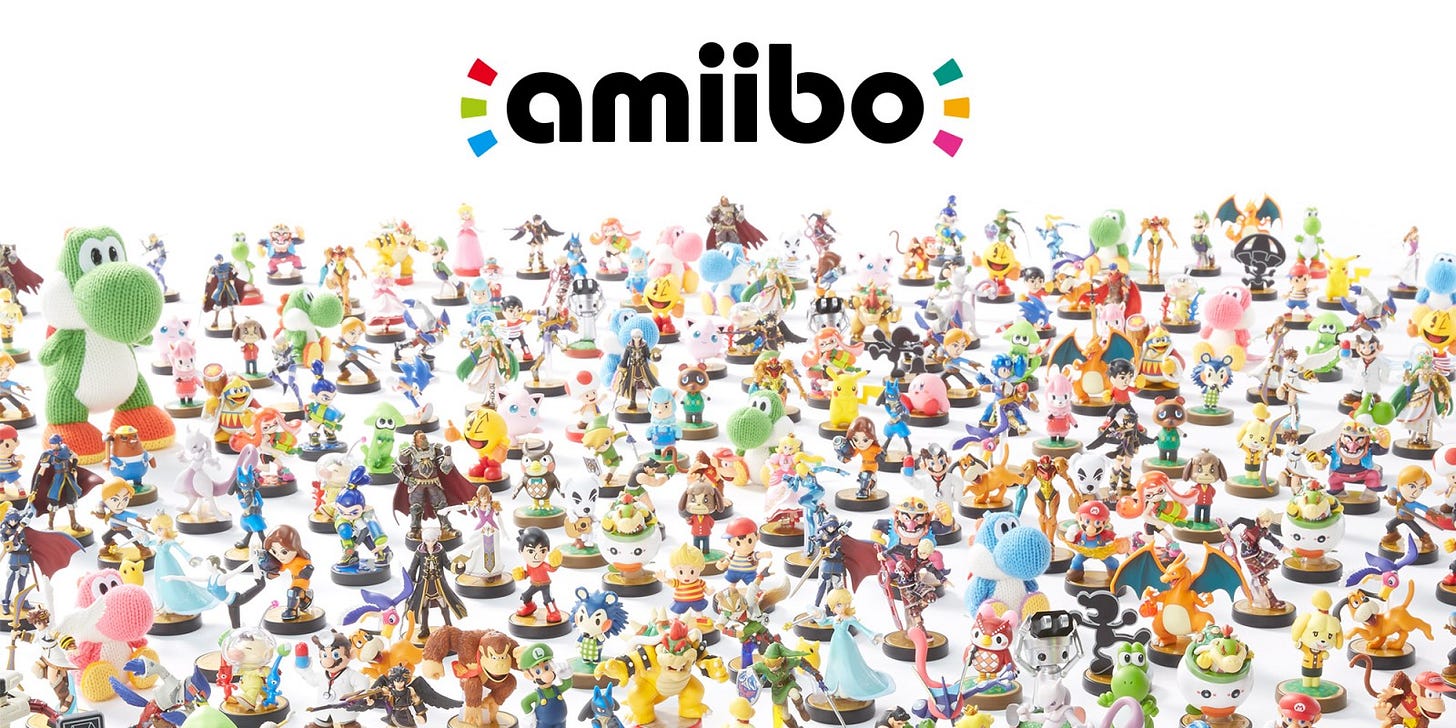
Purely digital awards would be the easiest path to pursue, but on a practical level, such assets tend to get used as pre-release promotional materials, rather than post-release rewards. And making physical tie-ins for launch tends to be a risky investment if the game fails to catch on, as we’ve seen with Starlink: Battle for Atlas. And much like the physical add-ons for Rock Band and Guitar Hero, it presents a special difficulty for the longevity and historical curation of a game — a decade later, if players can’t get ahold of the custom guitar controllers or whatever your game requires, the software alone doesn’t do much good.
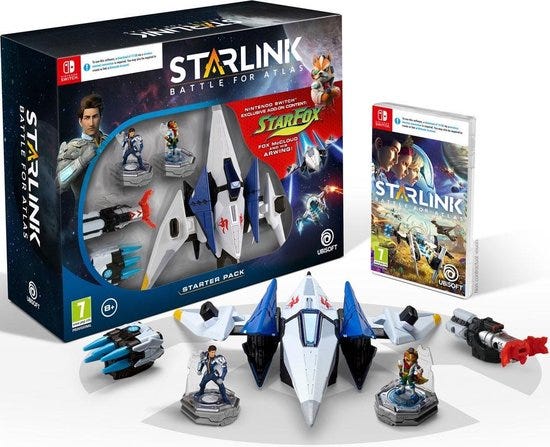
There’s also a possibility for a middle ground of sorts: a post-purchase commemoration of your game, which would work especially well for games where the player’s choices can lead to wildly different results. We saw this in the Squip/FigurePrints 3D printable character models for World of Warcraft characters. At the time, it was only feasible because of the overwhelming audience and enthusiasm for World of Warcraft, but with improved technology and infrastructure, a clever partnership with existing companies might make such a thing more feasible today.
Imagine completing an RPG like Baldur’s Gate 3 and receiving a code for HeroForge that gives you a perfect recreation of your character as a miniature in HeroForge, along with a discount for ordering a physical copy for your home campaign? Or a Sim City-style game where reaching a certain victory threshold rewards you with a discount to purchase a woodcut map of your city? Maybe a postcard from your nation in Civilization?
Many of these highly customizable games can run from 20 to 200 hours for a full campaign, and it can often feel like a let-down to finish your time in the game and only have a short cutscene to close out you time. Receiving a customized keepsake from your experience — either a free digital file or a discounted physical object — is exactly the sort of thing that the superfans would delight in.
Summing up
Looking back at the lessons of pinball and other tactile, performative games from the arcade, there seems to be a common thread: many of these have already been explored by Nintendo, often to significant success.
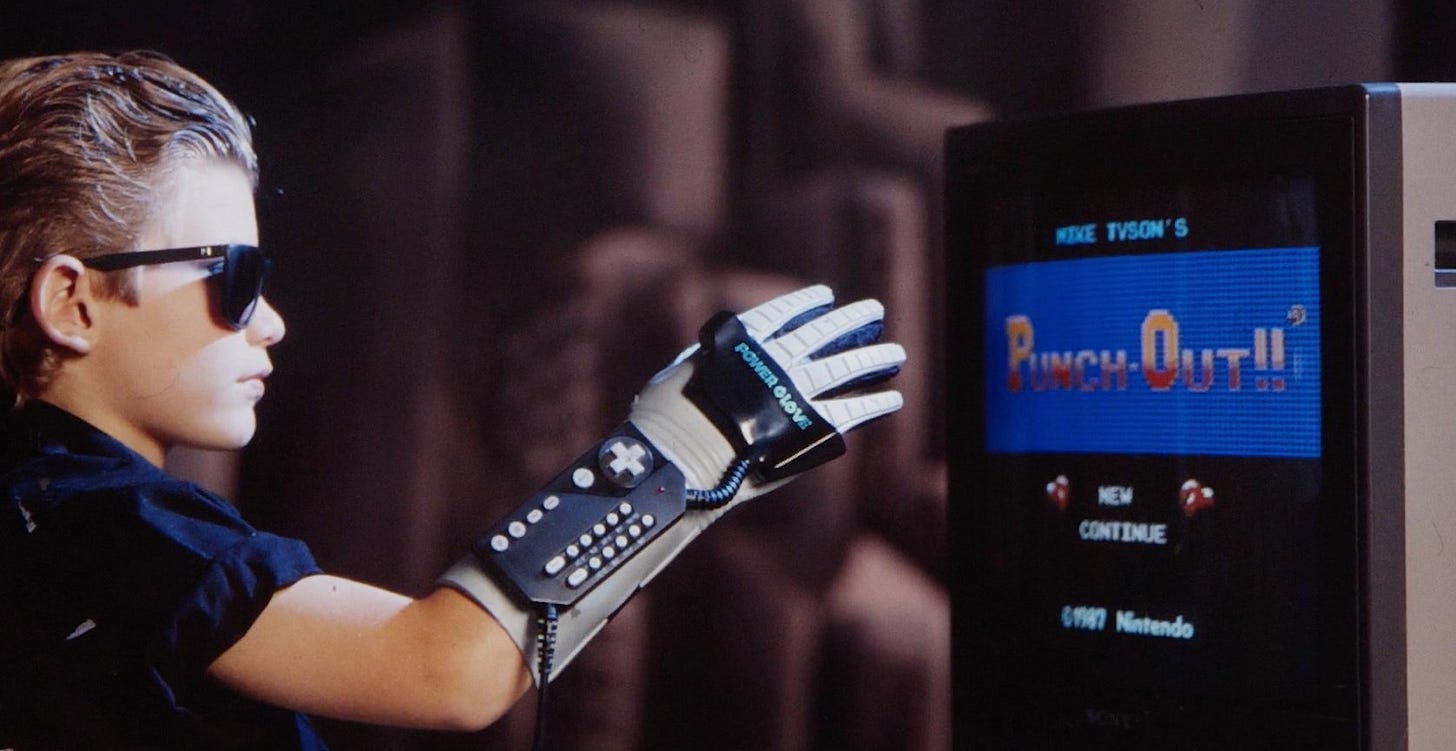
This probably shouldn’t surprise us, as Nintendo is the only major publisher whose roots trace back to not just the arcade, but to physical toys. They have maintained a philosophy of building a toy-experience first and then designing the gameplay around the fun of that toy. And those toys can be digital or physical — or, ideally, both.
In fact, remembering the toy that lies in the heart of your game experience is a good lesson for every designer, whether they explore tactility or not. Let’s talk about that next week.
But for now, I hope that more designers take these lessons to heart and explore further into the possibilities of tactile design. Not just because I’d love to someday design an open-world pinball RPG, but because it opens up a whole new dimension of experience for players and enriches the entire medium.
Until then, whether it’s pinball, video games, or whatever else catches your interest, keep finding new ways to play!



